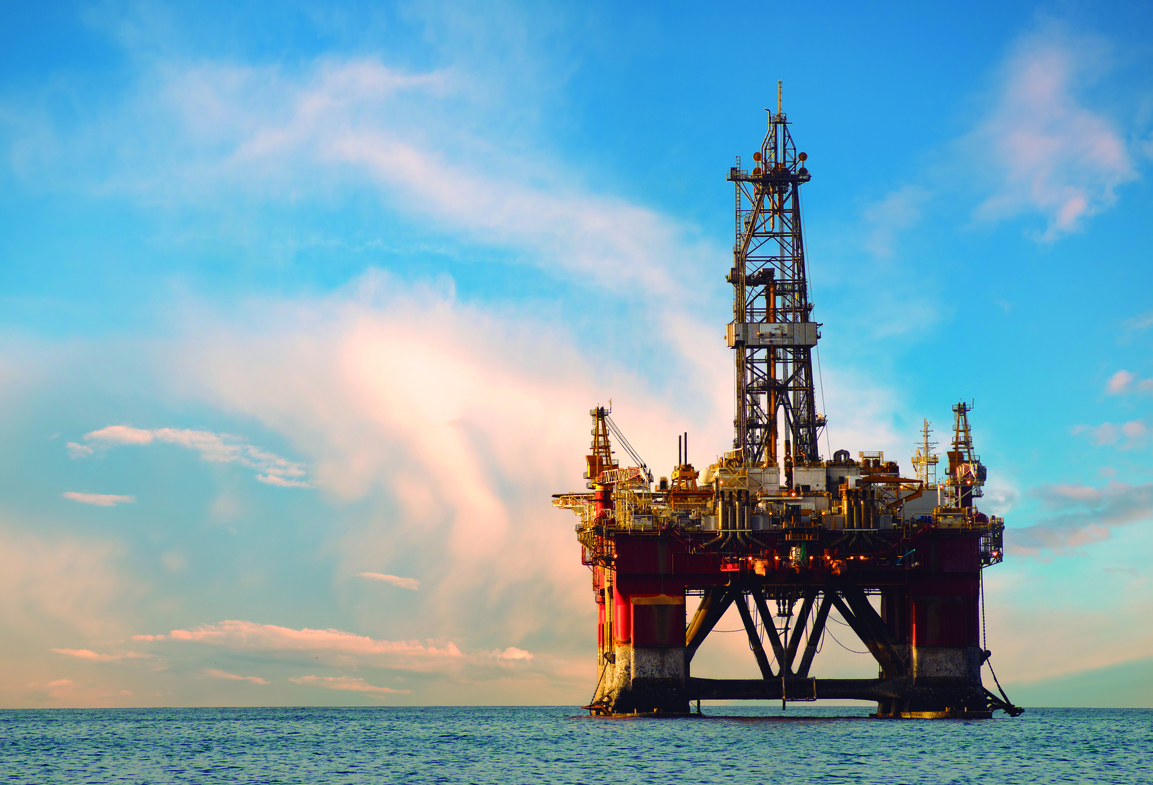Equatorial Margin: the new Brazilian pre-salt?

Last April, the EPE published the study “The role of the Oil & Gas sector in the Energy Transition”, explaining how a decarbonized future will not take place without hydrocarbons and that the solution to the climate problem must include the oil and gas industry.
For the energy transition to move forward, it is essential to have the active participation of the O&G sector and, consequently, new reserves, enabling its role in ensuring energy security throughout the process.
In this sense, the Equatorial Margin has been gaining more and more notoriety, being called by some the “new pre-salt” due to its potential for new discoveries, such as the exploratory success stories achieved in the sedimentary basins in Guyana and Suriname.
What is the Equatorial Margin?
It is a region that stretches over 2,200 km and is located between the extreme north of Amapá and the coast of Rio Grande do Norte. It is also made up of five sedimentary basins: Foz do Amazonas, Para-Maranhão, Barreirinhas, Ceará, and Potiguar.
According to estimates by the National Petroleum, Natural Gas and Biofuels Agency, the volume of O&G resources in the area is around 30 billion barrels of oil equivalent.
E&P Activities in the Equatorial Margin
The first drilling operations in the Equatorial Margin were carried out in the 1970s, but no major discoveries were made to enable commercial production. To date, most exploration activities have taken place in shallow waters.
However, the success of exploratory activities with massive oil reserves in Guyana reinforces its potential since the region has the same geological formation.
Most of the exploration blocks awarded in the region are the result of the ANP’s 11th Public Bid Round.
The Equatorial Margin and the Brazilian O&G sector
The production of oil and gas resources in the Equatorial Margin will be strategic for the Brazilian market, as the potential volumes will be crucial for sustaining and expanding O&G production in the country from the 2030s onwards when a natural decline in pre-salt production is expected, currently the country’s main oil and gas production frontier.
Furthermore, for the energy transition process to advance at the pace desired by all, oil and gas production must continue to develop. Demand for oil, natural gas and fuels will continue to grow over the coming years, and the oil industry needs to ensure energy security and product supply while the transition gradually progresses.
According to calculations by the Brazilian Infrastructure Center (CBIE), exploration in the region would add up to 1.1 million barrels per day, with peak production in 2029. This volume would correspond to 1/3 of the country’s current total production.
Benefits of developing O&G activity in the region
The development of seismic activities and subsequent production in the area will bring great social and economic benefits to the country, especially to the northern region. Oil and gas production will attract investment to the region, which will translate into new jobs and increased income generation, bringing greater dynamism to the regional economy.
With the development of the oil and gas market on the Equatorial Margin, states and municipalities will benefit from receiving royalties, special participations and taxes paid by the production chain, allowing these resources to be invested in public policies to improve the quality of life of the population.
Impacts in local Foz do Amazonas communities
The exploratory well to be drilled during the initial tests is located offshore, 500 kilometers from the mouth of the Amazon River, about the same distance as Rio de Janeiro and São Paulo.
In addition, the exploration of the first well will be a temporary job, expected to last only five months. After this period, evaluations will be carried out to decide on the viability and continuity of operations.
As a highly regulated and supervised sector, 3.5 million barrels of oil are produced in Brazil every day in several regions of the country, following the technical and safety requirements demanded by the regulatory, supervisory and environmental bodies.